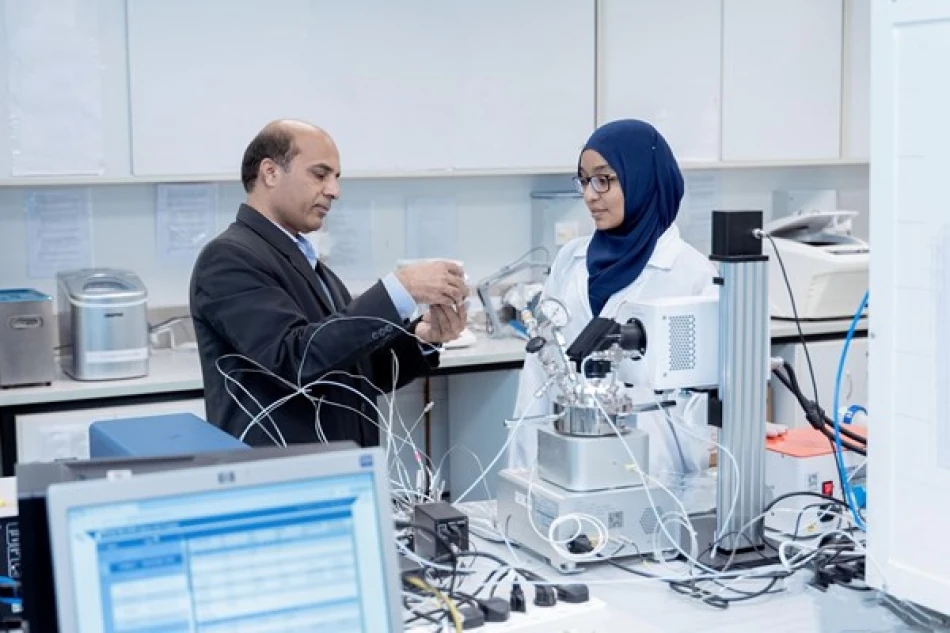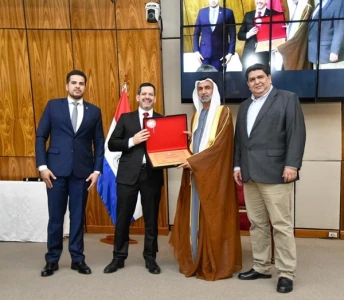
UAE University Patented a Graphite Compound Derived from Date Syrup
The UAE University just secured a US patent for something unexpected: using date syrup to make hydrogen fuel more efficiently. This breakthrough combines traditional Middle Eastern ingredients with cutting-edge renewable energy technology, potentially advancing the region's green hydrogen ambitions.
The patent covers a new compound that mixes carbon nitride graphite with date syrup to improve photocatalysis - the process of splitting water into hydrogen using light. PhD student Malath Sulaiman developed this innovation under Dr. Mohammed Tahir's supervision at the university's Chemical and Petroleum Engineering department.
Here's how it works: researchers blend the carbon nitride graphite with date syrup at high temperatures. The date syrup acts as a catalyst booster, making the water-to-hydrogen conversion much more efficient than traditional methods.
"We're proud of this invention that reflects UAE University's commitment to renewable energy innovation," said Dr. Tahir, the project's lead researcher. "By combining date syrup with carbon nitride graphite, we developed an effective material that significantly enhances photocatalysis, helping address climate change challenges and reducing fossil fuel dependence."
The timing matters for the UAE's energy strategy. The country is positioning itself as a major player in green hydrogen production, with massive investments planned for the coming decade. This patent could give UAE researchers and companies an edge in developing more cost-effective hydrogen production methods.
Initial studies show the new compound generates hydrogen with high efficiency. For energy investors and policymakers, this represents a practical step toward making green hydrogen more economically viable. The UAE's abundant sunlight combined with locally-sourced date syrup could create a unique competitive advantage in the global hydrogen market.
This discovery builds on ongoing research at UAE University, where teams focus on environmental and energy challenges. The success demonstrates how regional resources can be integrated into advanced clean energy technologies, potentially strengthening the Emirates' position in the global renewable energy sector.
 Layla Al Mansoori
Layla Al Mansoori







